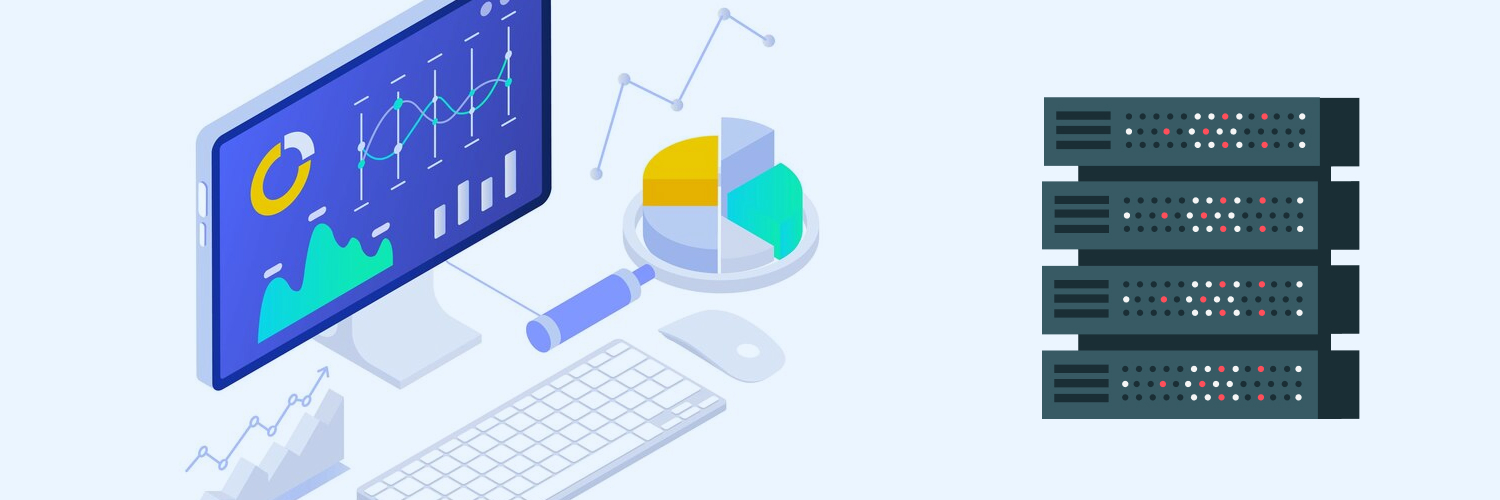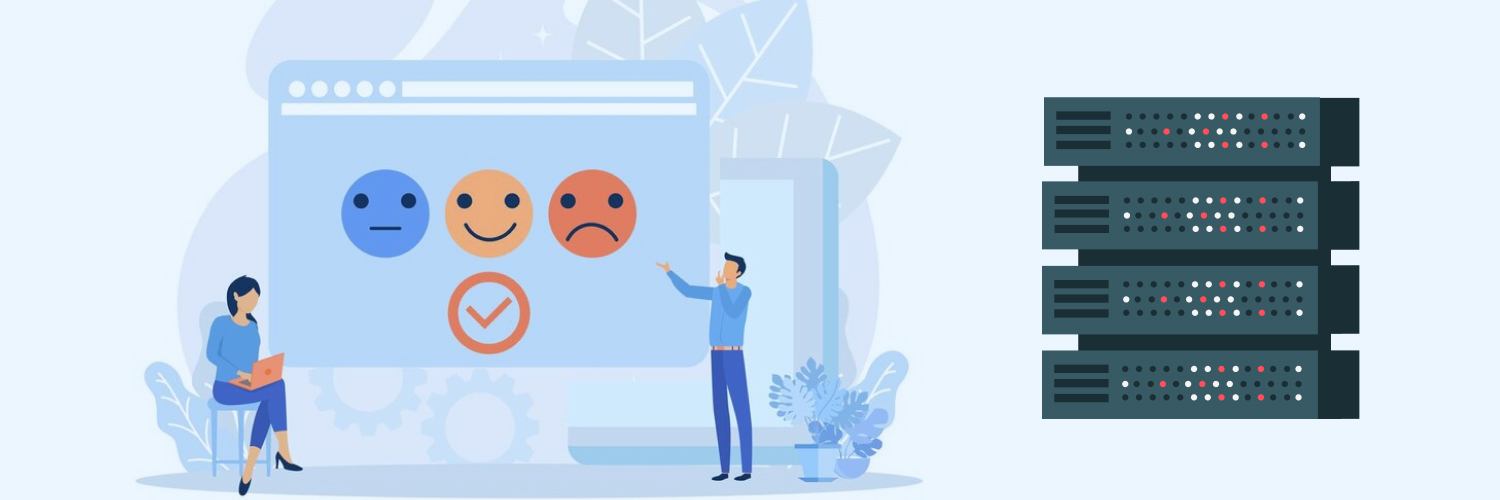Training LLMs: Why the Right Data Matters More Than the Model
Large language models (LLMs) have taken center stage in generative-AI conversations: they power chatbots, summarization engines, content assistants, and so much more. But behind every capable LLM is one foundational truth: the model architecture alone doesn’t make it smart — the training data does.
Enterprises that invest heavily in model size, optimized hyper-parameters and fancy compute only to gloss over the training-data side risk scaling brittle, narrow or biased systems. LLMs are a significant advancement within the broader field of artificial intelligence, shaping how businesses and researchers approach complex language tasks.
In this blog, we’ll walk through why training-data quality and diversity matter more than you might think, how to source and manage it responsibly, and how you can drive competitive advantage in your AI initiative by getting the data side right.
Data Quality and Diversity
Quality: the foundation
If you feed garbage in, you’ll get garbage out. High-quality data means clean text (and when relevant audio/video), meaningful context, correct labelling (where supervision is used), and minimal corruption or noise. Good data lets models learn idiomatic phrasing, cultural references, and subtle semantics — things that separate “just a big model” from “a model that understands language like a human”.
Diversity: the multiplier
Even the biggest model will struggle if its training-data is narrow. Diversity means multiple languages (if multi-lingual), multiple dialects, a spectrum of domains, authors, styles, viewpoints and situations. Why does that matter?
- It improves robustness: the model doesn’t collapse when it sees “weird” inputs.
- It reduces over-fitting: the model generalizes rather than memorizes.
- It supports fairness and bias mitigation: by covering under-represented groups, the model is less skewed.
When you combine high-quality and highly diverse data, you unlock more accurate, adaptable, and reliable LLMs.
LLM Training Data: Why It Matters More than Model Size
There’s been a lot of headline focus on model size, but it’s important to consider different model sizes—such as 124M, 1B, or 8B parameters—and how they relate to performance. While increasing model sizes can improve capabilities, the training data often drives most of the outcome for AI models. In many cases, the quality and quantity of training data leads to better results than simply scaling up model sizes.
Here’s how:
- Relevance: A large model trained on irrelevant or low-signal data may underperform a leaner model trained on highly relevant domain-specific data. The data used in creating AI models directly influences their reliability and bias.
- Origin & legality: If you source dubious or improperly licensed data, you expose your enterprise to compliance and IP risk — and downstream you’ll suffer quality issues because “holes” in your data degrade model behavior.
- Proprietary vs public data: Many organizations now train on proprietary internal data (customer logs, support transcripts, domain-specific knowledge) because that gives them a competitive edge. A model trained solely on public-domain text may never reflect the specialist language of your domain.
Size isn’t everything. LLM training data matters, the right data beats the biggest model.
Data Generation and Collection
Real-world vs synthetic
Training-data collection traditionally means harvesting real-world text, audio or video (for multi-modal models). That remains essential. But synthetic data is also playing a growing role: you can augment real data with generated examples (e.g., simulated conversations, rare-case prompts) to fill gaps. But bear in mind that you must manage distribution shifts (synthetic may differ from production input) and make sure quality stays high.
Retrieval-augmented approaches
Another route is retrieval-augmented generation (RAG). Instead of fully training a model from scratch, you build a system that retrieves from a corpus of documents at inference time. That means you still need a high-quality corpus, but you don’t always need full-scale model training. This approach can be cost-effective for many enterprise use-cases.
The role of the data scientist
Data scientists and machine-learning engineers are critical throughout. They define what counts as “good” data, design the collection pipelines, curate and label where required, preprocess and clean, and then continually monitor model behavior to detect data drift, bias, and coverage gaps.
AI Systems and Data Management
Data storage & retrieval infrastructure
Training LLMs, and supporting downstream fine-tuning or embeddings work, demands scalable infrastructure. Many organizations use vector databases (for embeddings and semantic search), object stores for raw data, and pipelines that tag, version and audit datasets. Without this, you risk chaos, undocumented slices of data, or non-reproducible training runs.
Bias, fairness and governance
Data bias is perhaps the biggest open challenge in large-language-model development. If your dataset over-represents certain groups, viewpoints or writing styles, your model will inherit and amplify those biases. Governance should be baked in; define diversity metrics, monitor model outputs for fairness, establish remediation when bias is detected and ensure transparency throughout.
Fine-tuning for tasks & domains
Once your core LLM is trained, fine-tuning it for domain-specific tasks (customer support, legal questions, medical summarization) can dramatically boost performance. Fine-tuning enables the creation of specialized models that are tailored to specific tasks or industries, often outperforming general-purpose models in those areas. But fine-tuning is only as good as the data you use: if you fine-tune on low-signal or poorly labeled data your model will suffer. So again, data quality and relevance win.
Fine-Tuning and Model Performance
Balancing size and data
Scaling laws show that bigger models + more compute + more data generally improve performance, but only if the data is meaningful. A larger model fed weak data will plateau early. On the other hand, a midsize model trained on high-quality, well-curated data may outperform a large but poorly trained model.
Transfer learning
Often you’ll start from a foundation model, then transfer-learn or fine-tune for your domain. That means you inherit generalist capabilities but specialise for your context. The performance you get from transfer learning depends heavily on how well your fine-tuning data reflects real-world use-cases.
Applications and downstream tasks
Trained models find applications across content generation (blogs, marketing copy), conversational agents, image/audio generation, summarization tools and more. AI models are leveraged to generate content that is customized and relevant for specific business needs, using curated datasets and proprietary information to produce high-quality outputs. But success in these areas depends on how well your training-data and fine-tuning align with the actual downstream task: mismatch = degraded performance. It’s also crucial to check that the content generated by AI models is unbiased, inclusive, and reflective of diverse audiences.
Evaluating LLM Performance
Evaluating the performance of large language models (LLMs) is all about understanding how well your model meets real-world needs and delivers on your business goals. The interplay between training data, model architecture, and data diversity is at the heart of this process.
High-quality training data is the backbone of any successful LLM. Without it, even the most sophisticated model architecture or the largest model size will fall short. When assessing model performance, start by examining the quality and relevance of your training dataset. Are you using diverse data sources that reflect the full spectrum of language patterns, customer queries, and domain-specific knowledge your model will encounter? Is your data free from noise, bias, and outdated information?
Model architecture also plays a key role. The design of your neural network—how many layers, what type of connections, and the overall structure—can significantly impact how well your LLM generalizes from its training data. However, even the best architecture can’t compensate for poor data quality or lack of data diversity.
Data diversity is essential for robust, fair, and adaptable LLMs. Models trained on a wide range of languages, dialects, and content types are better equipped to handle the variety of input text they’ll see in production. This diversity helps reduce data bias and ensures your model generates human-like language across different contexts.
RAG is another key technique for boosting model performance. By combining the strengths of LLMs with external knowledge bases or vector databases, RAG systems can retrieve relevant information in real time, improving accuracy and grounding responses in up-to-date, high quality data.
When it comes to model size, bigger isn’t always better. Larger models require more training data to reach their full potential, and the quality of that data becomes even more critical. Sometimes, a smaller model trained on proprietary internal data or carefully curated datasets can outperform a massive model trained on generic web pages.
Fine-tuning is where you tailor your pre-trained models to excel at specific downstream tasks; be it generating marketing materials, answering customer queries, or summarizing legal documents. The effectiveness of fine-tuning depends on the alignment between your fine-tuning data and the real-world tasks your model will face.
Transfer learning and reinforcement learning are powerful tools for enhancing LLM performance. By leveraging pre-trained models and adapting them to new domains, or by using feedback loops to reward desired outcomes, you can create AI systems that continually improve and adapt.
Comprehensive documentation is vital—not just for reproducibility, but for transparency and ethical governance. Document your training datasets, model architecture choices, and evaluation metrics. This helps you track model development, identify sources of data bias, and ensure your AI systems are used responsibly.
Competitive Advantage
When you get the data right, you unlock real competitive advantage:
- Domain-specific expertise: Proprietary data (customer logs, internal documents, field-notes) gives you an AI that understands your niche better than generic models. LLMs trained on proprietary or industry-specific datasets further enhance personalization and accuracy, ensuring your solutions are finely tuned to your unique needs.
- Market differentiation: You can build models tailored to your brand voice, regulatory context or geography, something off-the-shelf models may not offer.
- Operational efficiency: High-quality models reduce error-rates, save support time, improve customer experience, and in turn drive cost savings and better margins.
Key Considerations
Here’s a checklist to run through when building or buying an LLM-training-data strategy:
- Data quality: How clean, accurate, relevant is the data?
- Data volume: Is the amount of data sufficient to optimize training efficiency, reduce costs, and improve model performance, especially for scaling and benchmarking?
- Data diversity: Does it cover languages, dialects, styles, user types, edge-cases?
- Data origin & legality: Are sources ethically obtained, properly licensed, documented?
- Model architecture & size: Does model capacity align with data available?
- Fine-tuning strategy: Is downstream adaptation well planned and data-aligned?
- Documentation & transparency: Are your data sources, versions, preprocessing steps logged?
- Bias and fairness: What is your plan to measure, detect and mitigate bias?
- Human-language & cultural references: Do you account for idioms, local contexts, domain-specific jargon?
Treat this more as a continuous process than a one-time checklist.
Data Bias and Fairness
Bias is baked into language models via data, so you must plan for it:
- Proactively source under-represented groups, speaking styles and geographic regions.
- Use techniques like adversarial testing, fairness metrics and human-in-the-loop reviews to check model behavior.
- Ensure your deployment is transparent: when the model makes a decision, stakeholders should understand how the data influenced it.
- Bias mitigation is not a one-off: monitor model outputs and feedback once live — your data and model will drift over time.
Successful models don’t just sound “smart”; they behave equitably, responsibly and in a manner aligned with human values. It’s essential to promote fairness and inclusivity in AI generated content by actively addressing bias and ensuring ethical practices in content produced by AI models.
Future Directions
The right training data makes or breaks your LLM initiative. Model size, fancy architecture and compute power all have their place, but they are secondary to the data backbone you build. By prioritizing data quality, diversity, ethical sourcing and robust governance, you set your model up for enduring performance, trustworthiness and competitive advantage.
Looking ahead, future research in LLM training will focus on:
- Better bias-mitigation algorithms and more transparent fairness benchmarking.
- Hybrid architectures combining RAG with customized training corpora.
- Domain-specific “mini‐foundation” models trained on niche proprietary data, enabling specialist AI systems.
- Continuous data-feedback loops: models updating in operation based on fresh high-quality data rather than static one-time training.
If you treat training data as the strategic asset it is, rather than an afterthought, you unlock the full potential of generative AI.
Working with Rayobyte
At Rayobyte, our mission is to help you bring your great ideas to life, and when you’re building or fine-tuning an LLM, that starts with data. Here’s how we support you:
- Ethical and scalable data collection: We provide proxy solutions, scraping APIs and web-data infrastructure that let you gather publicly available data at scale — ethically, responsibly, and with transparency.
- Custom-designed pipelines: Whether you need large public-domain datasets, domain-specific datasets, or augmentations via synthetic techniques, our team works with you to design collection and preprocessing workflows that align with your model’s needs.
- Data management and versioning support: We help you establish the storage, version control and retrieval systems needed to keep your dataset clean, documented and ready for training.
- Bias & fairness consulting: With our experience in scraping, data sourcing and enterprise-grade infrastructure, we help you identify bias risks in your data-collection process and put in place mitigation strategies.
- Competitive advantage through proprietary data enrichment: If you’re training on internal or domain-specific data, we help you to overlay third-party public data with your own data-sources so that your model truly reflects your unique context and out-performs generic systems.
- Technical support and 24/7 customer service: Our infrastructure is built for high-volume, low-latency use-cases; a key foundation when you’re building the large corpora required for LLM training.
While the model architecture gets headlines, we believe data is the real engine behind your success.
Speak to our team today to find out more about how we can work together.
Free guide: Web Scraping x AI — Building Better Data Pipelines for Machine Learning
Discover how the world’s top AI companies fuel model performance with clean, compliant web data.
AI models are only as good as the data they’re trained on, and the smartest teams know where to find it.
In this free guide, you’ll learn how to build scalable, ethical data pipelines that power next-generation AI.
What’s inside:
- The link between web scraping and AI performance
- How high-quality training data drives model accuracy
- Steps to build efficient, scalable data pipelines
- Why ethical data sourcing matters for long-term success
- Real-world examples from enterprise AI operations



